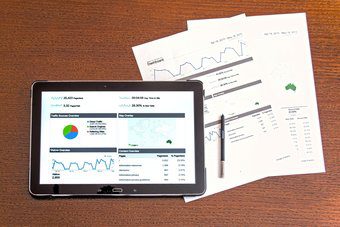Open a word document. Hold the Alt key and type in 0164. Release the Alt key and you would see ¤. Similarly there is a numeric code for each character. We will show you how to find them all. We are going to use MS Excel and its two built-in functions – row and char to find the code for all characters.
function row: returns the row number of a referencefunction char: returns the character specified by the code number from the character set of your computer
So, when you write the formula =char(row()) and say, you are in row 1, the formula becomes =char(1) and then in turn it returns the character represented by 1. Cool Tip: Here’s how to easily get such characters in Mac. And if you intend to use these in emails quickly, we’ve got you covered there too.
Steps to Find Characters
Step 1: Open an Excel workbook and type the formula =char(row()) in row 1 of any column. Step 2: Hold the bottom right edge of the cell with the left mouse click and flash fill (drag mouse) till row number 255. Step 3: When you release you will see all the characters from that font set. Now, you can copy-paste the column to another column and then change the font style to see the characters from another font set. Below is a section from 4 different font sets. In this manner you can maintain your own repository of the font styles you use and the characters that interest you. It is simple and does not require much effort.
Using a Font Character
When you want to type any character, look for that character in your Excel sheet. Take note of the row number. Then type in the row number prefixed with a zero (0) while holding the Alt key. For example, if your character is in row number 88 you should type the code 088 with the Alt key pressed. Over time you will know a few codes by heart. At least you will remember the ones you use frequently. And, then you will be able to save a lot of time.
Yet Another Way
One more way to practice and learn such codes is to use the Windows Character Map tool. Here’s how to do it. Step 1: Open the run dialog (Windows + R), type charmap and hit Enter. Refer to the image below. Step 2: It will launch the Windows Character Map modal window. Navigate to what you need. You can Select and Copy it to the clipboard or check the keystroke on the bottom right edge as highlighted below.
Conclusion
Combining a few formulas on Excel can bring out exciting and amazing things. If you desire to learn some more interesting facts about characters and different types of numeric codes, check this article from the Microsoft support team. The above article may contain affiliate links which help support Guiding Tech. However, it does not affect our editorial integrity. The content remains unbiased and authentic.













